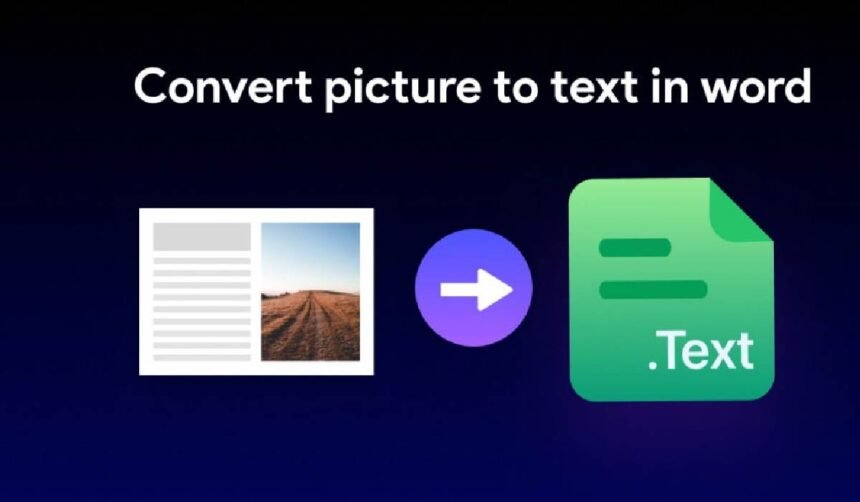In today’s digital world, images carry a lot of valuable information. From scanned documents and receipts to business cards and signs, much of the text we need often comes in image form. Converting this text into an editable, searchable format can save time and improve efficiency.
This is where image-to-text conversion, also known as Optical Character Recognition (OCR), becomes a powerful tool.
What Is Image-to-Text Conversion?
Image-to-text conversion is the process of scanning an image and turning any visible text into digital words that can be copied, searched, or edited.
Instead of retyping long documents or notes, OCR technology enables the quick conversion of an image into usable text. This technology is now widely used in industries such as business, healthcare, education, and finance.
Why Image-to-Text Conversion Matters
Imagine you have hundreds of invoices saved as images or PDFs. Manually typing them into a spreadsheet would take hours. With OCR, you can process these files in minutes. This not only saves time but also reduces errors caused by manual data entry.
For businesses, this means faster workflows and better accuracy. For individuals, it can simplify everyday tasks like organizing personal files or extracting quotes from scanned books.
How OCR Technology Works
OCR technology analyzes the shapes and patterns of characters within an image. It then matches those patterns to letters, numbers, and symbols in its database.
Modern OCR tools are highly accurate and can even recognize different fonts, handwriting styles, and layouts. Some advanced tools also detect languages and special formatting.
Tools to Help You Get Started
There are many OCR tools available today, ranging from mobile apps to enterprise-level software. Developers often use programming libraries to add OCR features directly into applications.
For example, you can extract text from images using C# OCR libraries to build custom solutions for your business or project. These libraries facilitate the automation of workflows and the integration of OCR into everyday processes.
Challenges and How to Overcome Them
While OCR technology is advanced, it does have challenges. Poor-quality images, unusual fonts, or unclear handwriting may reduce accuracy. To get the best results, use clear, high-resolution images whenever possible.
Many OCR tools also include features that clean up images before processing, which can boost accuracy. Developers may also combine OCR with machine learning to improve recognition over time.
The Future of OCR
The future of OCR looks promising. As artificial intelligence and machine learning continue to grow, OCR tools are becoming smarter and more versatile.
Soon, OCR may be able to recognize not only text but also context-helping users understand the meaning of the text within an image. This opens doors to more advanced applications in research, analytics, and automation.
Turn Images into Opportunities
Image-to-text conversion is no longer a complex task-it’s an accessible tool that can save time, reduce errors, and improve productivity. Whether you’re a student, a business owner, or a developer, mastering this technology will give you a practical advantage. Start exploring OCR solutions today and unlock the hidden value in your images.
Did you find this article helpful? Keep exploring this section to stay updated and catch the most recent stories and updates.








